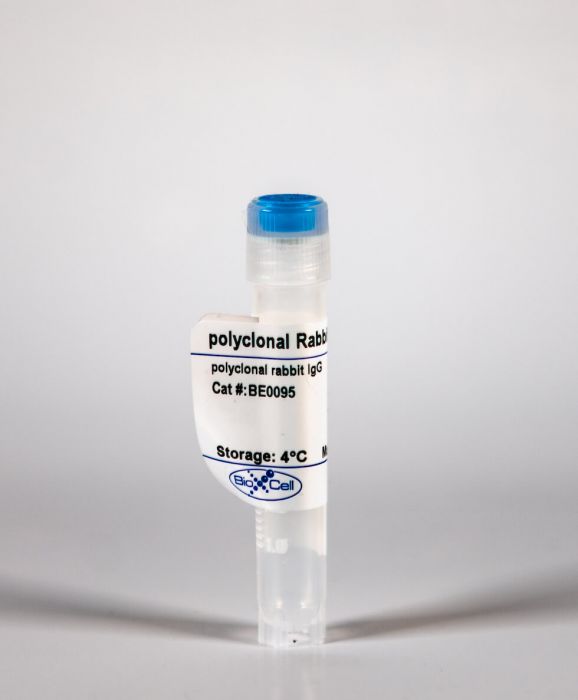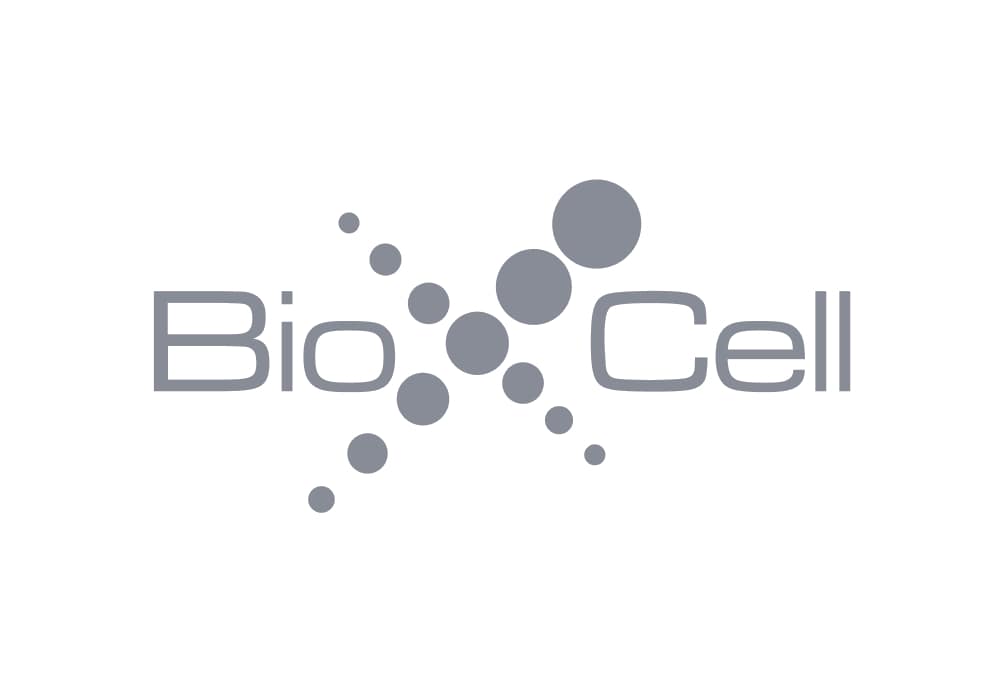InVivoMAb polyclonal rabbit IgG
Product Details
The polyclonal rabbit IgG is purified from rabbit serum. It is ideal for use as a non-reactive control IgG for rabbit IgG antibodies in most in vivo and in vitro applications.Specifications
| Isotype | Rabbit IgG |
|---|---|
| Recommended Dilution Buffer | InVivoPure pH 7.0 Dilution Buffer |
| Formulation |
PBS, pH 7.0 Contains no stabilizers or preservatives |
| Endotoxin |
<2EU/mg (<0.002EU/μg) Determined by LAL gel clotting assay |
| Sterility | 0.2 µm filtration |
| Production | Purification from rabbit serum |
| Purification | Protein G |
| RRID | AB_1107793 |
| Molecular Weight | 150 kDa |
| Storage | The antibody solution should be stored at the stock concentration at 4°C. Do not freeze. |
Recommended Products
Cytokine-induced translocation of GRP78 to the plasma membrane triggers a pro-apoptotic feedback loop in pancreatic beta cells PubMed
The 78-kDa glucose-regulated protein (GRP78) is an ubiquitously expressed endoplasmic reticulum chaperone, with a central role in maintaining protein homeostasis. Recently, an alternative role for GRP78 under stress conditions has been proposed, with stress-induced extracellular secretion and translocation of GRP78 to the cell surface where it acts as a multifunctional signaling receptor. Here we demonstrate translocation of GRP78 to the surface of human EndoC-βH1 cells and primary human islets upon cytokine exposure, in analogy to observations in rodent INS-1E and MIN6 beta cell lines. We show that GRP78 is shuttled via the anterograde secretory pathway, through the Golgi complex and secretory granules, and identify the DNAJ homolog subfamily C member 3 (DNAJC3) as a GRP78-interacting protein that facilitates its membrane translocation. Evaluation of downstream signaling pathways, using N- and C-terminal anti-GRP78 blocking antibodies, demonstrates that both GRP78 signaling domains initiate pro-apoptotic signaling cascades in beta cells. Extracellular GRP78 itself is identified as a ligand for cell surface GRP78 (sGRP78), increasing caspase 3/7 activity and cell death upon binding, which is accompanied by enhanced Chop and Bax mRNA expression. These results suggest that inflammatory cytokines induce a self-destructive pro-apoptotic feedback loop through the secretion and membrane translocation of GRP78. This proapoptotic function distinguishes the role of sGRP78 in beta cells from its reported anti-apoptotic and proliferative role in cancer cells, opening the road for the use of compounds that block sGRP78 as potential beta cell-preserving therapies in type 1 diabetes.


